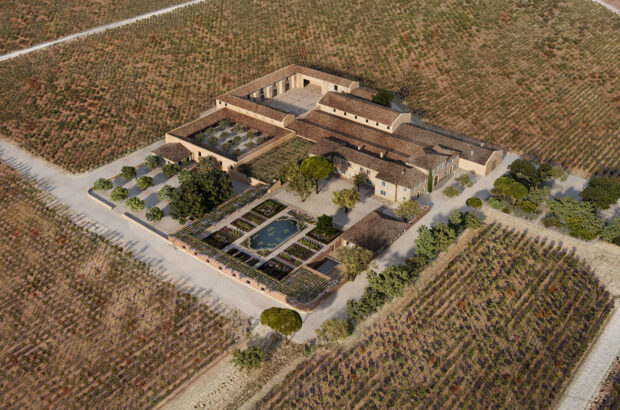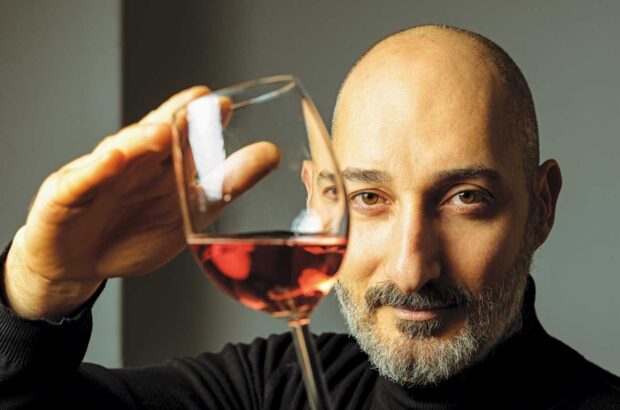See both sides of the debate as to whether Champagne flutes should be outlawed, as taken from the 'burning question' in Decanter's March 2014 issue....
Serving Champagne in flutes should be consigned to the annals of history, according to Maximilian Riedel, 11th generation of the family glass maker.
Tall flutes may have usurped the wide-bottomed ‘coupe’ as the embodiment of sophisticated Champagne drinking in recent decades, but perhaps it’s time for discerning party hosts to move on? ‘It is my goal that the flute will be obsolete by the day that I pass away,’ he said in a recent interview with Decanter. ‘Champagne is a playground with no end.’
Narrow flutes present Champagne as one-dimensional, flooring a wine lover’s ability to appreciate the full range of aromas, explained Riedel, who is chief executive of Riedel Crystal, a leading supplier of tasting glasses.
Dom Pérignon’s chef de cave, Richard Geoffroy, is another fervent critic of the flute and advocates Riedel’s Vinum XL Pinot Noir glass for the house’s Rosé fizz. And yet, tall flutes are everywhere in bars, restaurants and retailers. They are synonymous with most sparkling wines, not just Champagne, and range from budget buys to expensive, pristinely cut crystal.
Scientific research has consistently backed the flute over the coupe. ‘The coupe is not a good shape, simply because its wide aperture accelerates the loss of bubbles,’ said Gérard Liger-Belair of the University of Reims, who has spent several years looking into the issue.
Because bubbles carry aroma, ‘Champagne tasted from a coupe usually appears poorly aromatic,’ he told Decanter. But Liger-Belair called narrow flutes a ‘naïve’ choice, because they can fill your nose with fizz and so smother your sense of smell. He is part of a growing chorus of experts supporting the tulip glass; a sort of hybrid of flute and standard white wine glass with a wider midriff.
So, is now the time to ditch flutes for good?
Yes
Expert tasters see few technical reasons for keeping the flute. ‘I’m not a huge fan of Champagne flutes, especially the straight cylinder type you find in bars,’ said Michael Edwards, author of The Finest Wines of Champagne. ‘The narrow opening tends to accentuate the acids in the wine, when you really want to go beyond the bubbles and taste its real worth and fruit. The better flutes are halfway to the tapering tulip.
‘On the other hand,’ he added, ‘I find the bulbousshaped glasses of Georg Riedel’s creative imagination aesthetically displeasing, whatever their merits as a tasting vessel.’ Edwards said that he retains ‘a fondness for the coupes of 1930s London and the world of Hercule Poirot – sure the fizz fades fairly quickly, but you taste the wine better than in a basic flute’.
Wine writer Margaret Rand, a judge at the Decanter World Wine Awards, said of tall, cylinder flutes, ‘I can’t think of any wine which would be flattered by such a glass.’ She added, ‘In the Champagne region, flutes are used much less often now; even if you have a young, inexpressive, non-vintage wine, you want to get the best from it. I’m with Max Riedel on this one.’
No
While many experts and trade professionals believe flutes have had their day, some still see advantages. ‘From a strictly analytical point of view, the tulip is the best,’ said Gérard Liger-Belair. ‘But flutes are probably more practical when there are many people to serve, offering less volume.’ Flutes are also good for Champagne cocktails, he added.
Hannah Kettles, senior marketing executive at glassware designer LSA International, pointed out that flutes have ‘a strong affiliation with celebration’. LSA has sought to modernise the flute with a widened brim and hollow stem that fills with Champagne ‘to showcase the bubbles’.
Virginie Taittinger, founder of Virginie-T Champagne and part of the Taittinger family dynasty, also favours modernising, rather than scrapping, the flute. She likes a ‘tulip-shaped flute’. She added, ‘a flute is ideal for the more active host’.
Some feel the public is not ready for drastic change. ‘If I could have it my way, all our Champagne would be served in a regular wine glass,’ said Sandia Chang, general manager of Bubbledogs in London. ‘But it might be too extreme for most average guests. We use Schott Zweisel stemware that is in between a flute and a white wine glass.’
Written by Decanter







